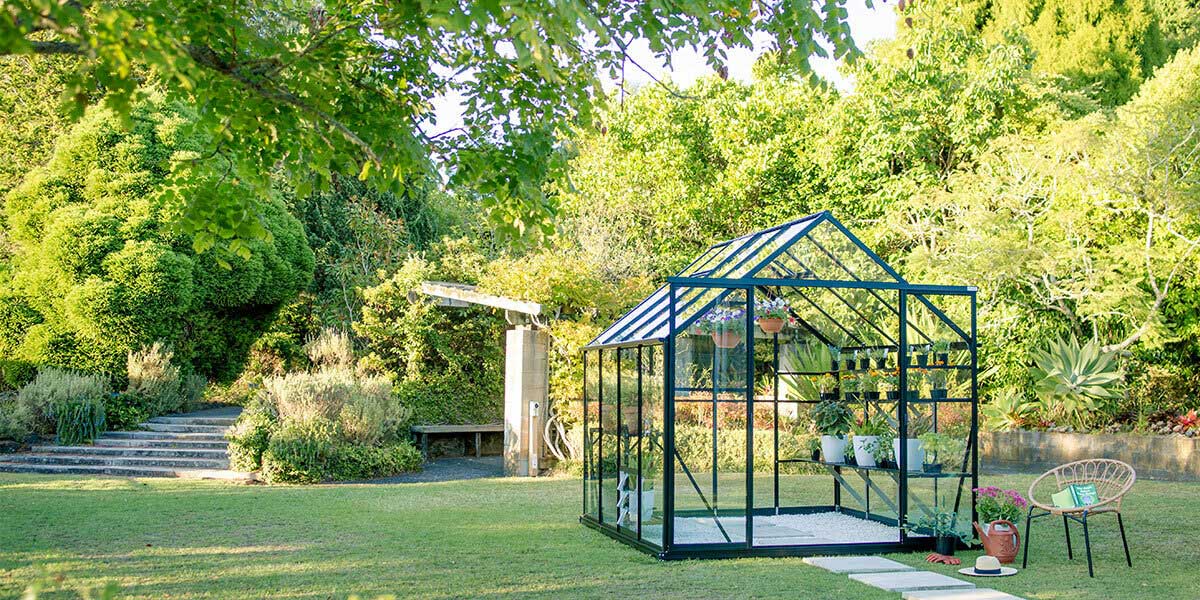In recent years, there has been a growing trend in incorporating green spaces into architectural designs. From rooftop gardens to vertical forests, architects are finding innovative ways to bring nature back into the concrete jungle. One of the latest trends in architectural greenery is the use of greenhouse structures within buildings, transforming spaces into lush and vibrant environments. If you are looking for more about architectural greenhouse, you can contact Winter Gardenz.
Architectural greenhouses have become more than just a place to grow plants; they now serve as multi-functional spaces that improve the overall well-being of the occupants. These greenhouses can be integrated into various parts of a building, such as atriums, offices, and even residential spaces. The architectural design of these greenhouses allows for natural light and ventilation, creating an inviting and serene atmosphere.

One of the key benefits of incorporating greenhouses into architectural designs is the positive impact they have on indoor air quality. Plants help reduce levels of indoor air pollutants, such as volatile organic compounds (VOCs), and increase oxygen levels. This not only improves the health and productivity of the occupants but also reduces the need for artificial ventilation systems, leading to energy savings.
Moreover, greenhouses provide a connection to nature that is often lacking in urban environments. Being surrounded by greenery has been proven to reduce stress levels and increase mental well-being. The presence of plants also improves acoustics by absorbing sound, creating a quieter and more peaceful environment. Architectural greenhouses also offer opportunities for urban farming and sustainable food production.